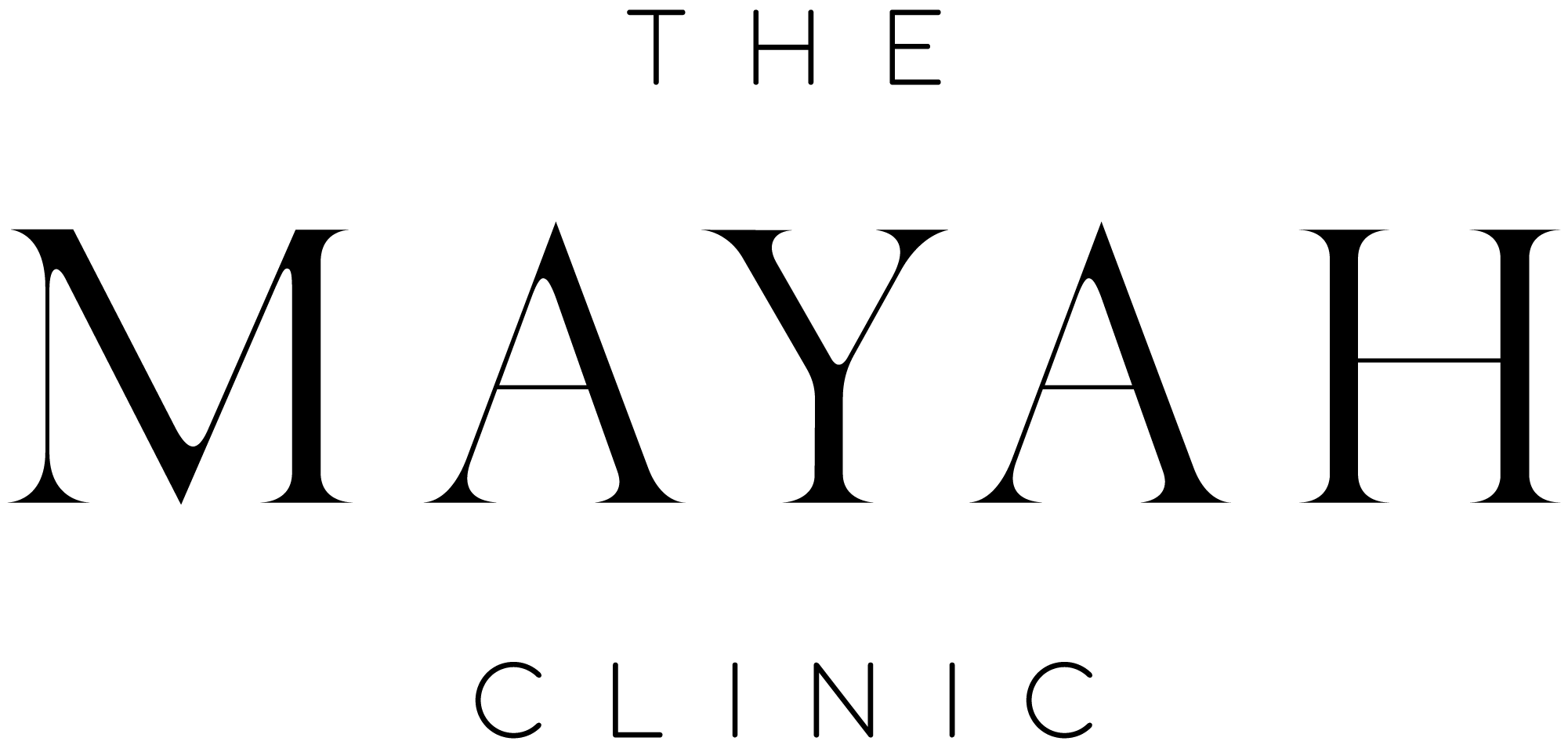My family is used to me always going on about being sun safe.
“Where’s your hat? Sunscreen on? Sunscreen with you to reapply?” Etc.
Of course this is because I spend every day fixing up sun damage in clinic, treating redness and broken vessels, pigmentation, cutting skin cancers out, biopsying suspicious spots, lasering off crusty precancerous lesions etc etc. Even though “old people barnacles” are related to skin type, there is also an association with sun damage to skin over the years.
For a lot of us in Australia our memories are short and we need one sunburn every summer to remind us how quickly your skin will burn. Trying to avoid that should be a number one sunsafe goal!
A Lot of the Sunsafe talk is about sunscreen, and here’s some of the main points.
: Make sure it’s broad-spectrum – ie UVA, B, C. UVB rays Burn (B for Burn conveniently!), and A for Aging damage, Still both can result in skin cancer.
: SPF is the Sun Protection Factor. The number indicates how much longer it takes for the skin to burn. The higher the better with SPFs. In Australia SPF50+ has to be actually at least SPF60. And remember SPF testing is done with a good layer of sunscreen – not a tiny smear.
: Chemical Sunscreens absorb UV rays with chemical ingredients. Physical sunscreens/Mineral sunscreens reflect UV rays and sit on top of the skin.
: Even if your sunscreen says “4 hours water resistant” , it needs to be reapplied every 2 hours.
( Tip! If you are on or in the water in summer regularly, you’ll probably need a thick zinc based product that will stay put – like those made for surfers – eg “surf mud”. Yes it’s harder to get off but that’s the point).
BUT – even better, is avoiding that burning sun hitting your skin
: Where possible keep exposure to summer sun, to the early morning and late afternoon.
: Cover up your skin
– hats, rashies, clothes, gloves ( for gardening, cycling, sailing etc.), sunglasses.
Shade is good – but don’t rely on sitting under a beach umbrella where the sun can reflect off the sand and on to you even sitting in the shade. And a cap is good for keeping the sun out of your eyes and perhaps off your nose at a stretch but that’s about it.
It’s never too late to put a stop to sun damaged skin

